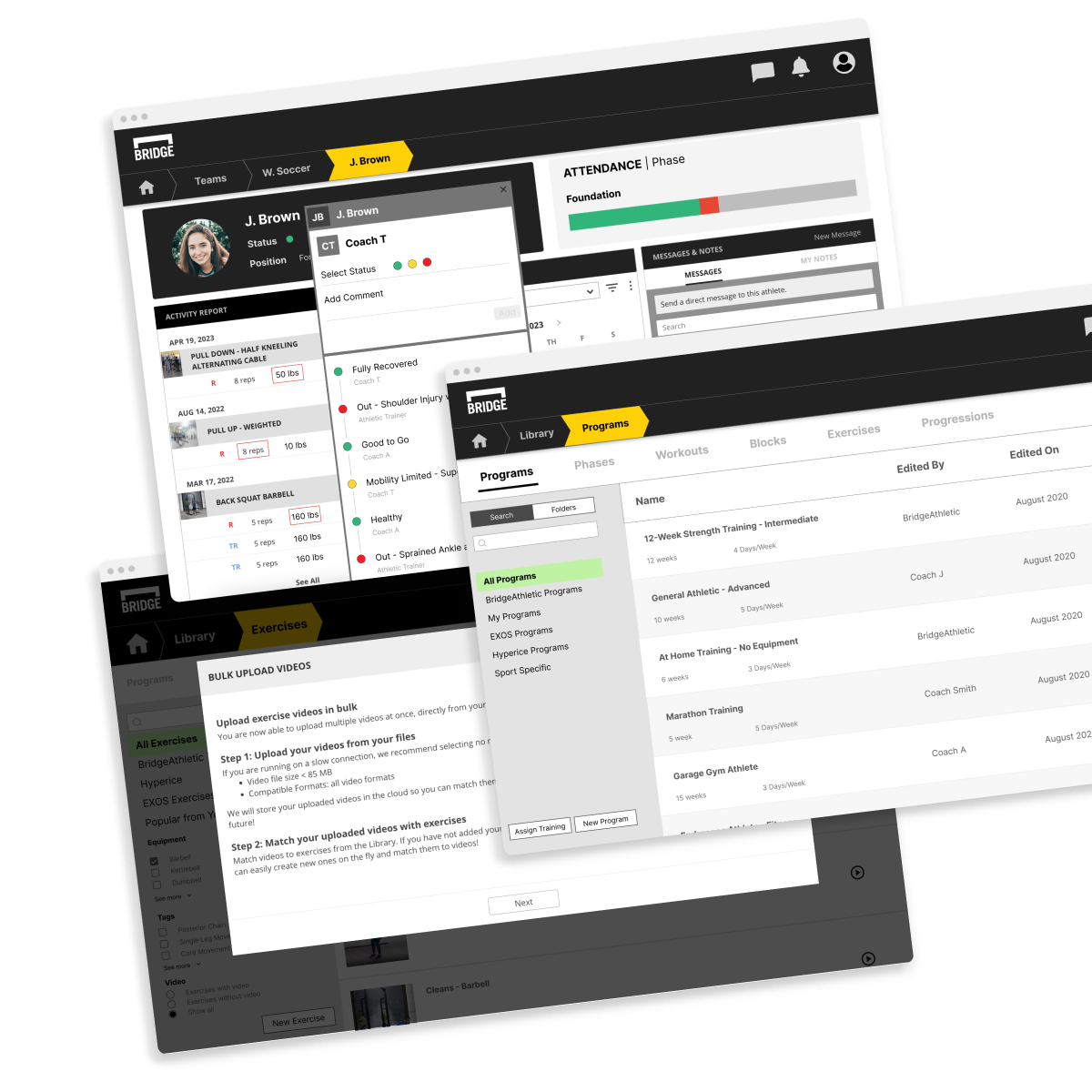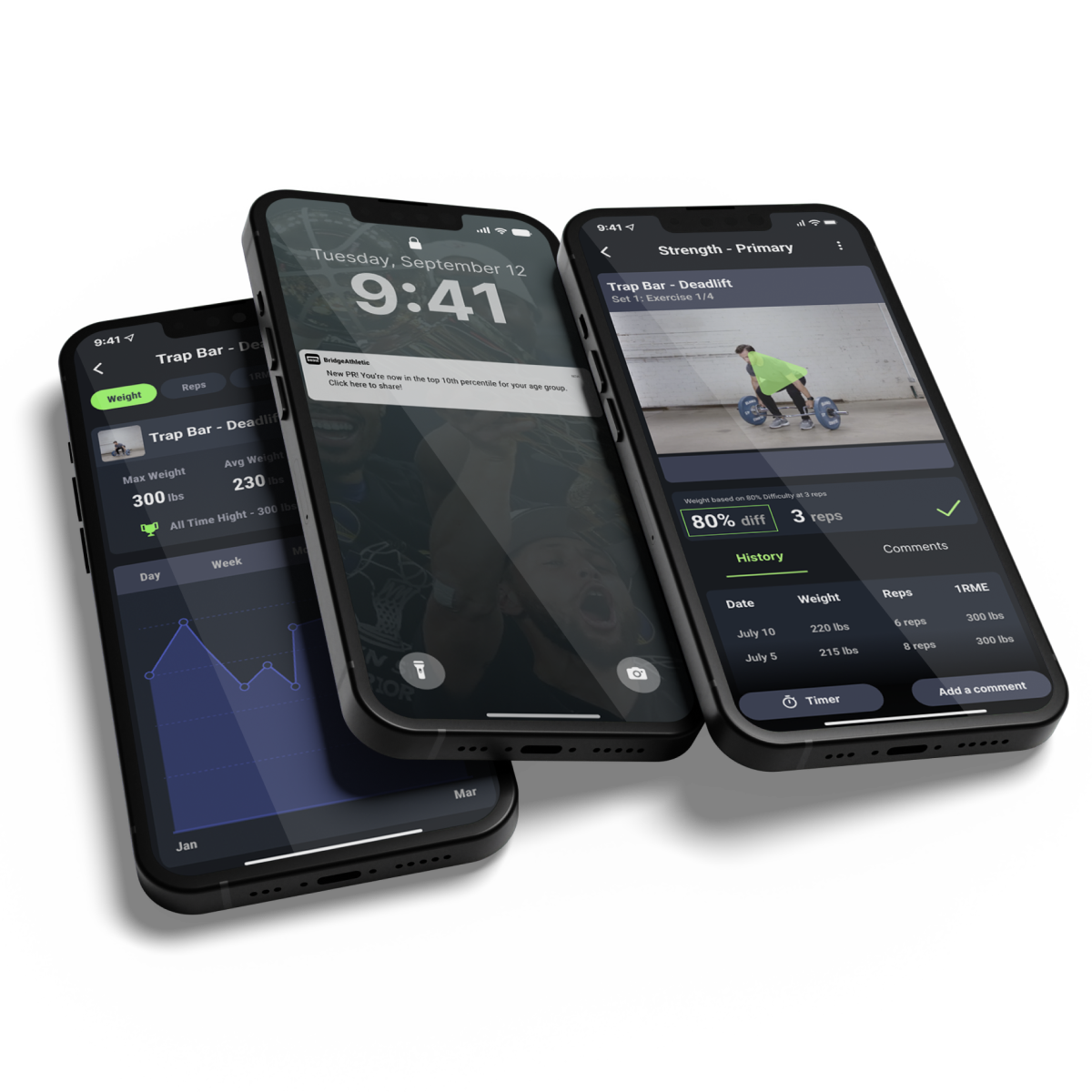About Washburn's Kinesiology Department
Washburn University's Kinesiology department is a dynamic hub of learning and innovation in the field of human movement and exercise science. With a commitment to excellence in education and research, the department offers a wide range of programs designed to prepare students for careers in exercise physiology, physical therapy, sports medicine, and other health-related professions. The dedicated faculty members bring a wealth of expertise and experience to the classroom, fostering a supportive learning environment where students can explore the intricacies of human movement, anatomy, and physiology. Whether through cutting-edge research projects or hands-on clinical experiences, Washburn University's Kinesiology department equips students with the knowledge and skills needed to make a meaningful impact on individuals' health and well-being.
About The Department
Representing a county with over 1.2 million residents, the police department is relied upon for security and law enforcement. Approximately 1492 sworn officers and 328 civilian staff serve this diverse region, which spans urban, suburban, and rural areas. With nine strategically-located police stations, the department prides itself on prompt responses to incidents. Known for its commitment to community policing, the department fosters trust with residents, making the county a safer place to live and work.
The Challenge
The county Police Department, with its vast reach across nine police stations spread over 406 square miles, faced the challenge of efficiently delivering tailored workout programs to its officers. In an environment where opportunities for in-person team training are infrequent, the need arose for a solution that allowed quick adjustments for individual officers, provided organized record-keeping, and facilitated seamless communication with the trainees.

“BridgeAthletic has been a game-changer for the fitness of our police department. It allows us to efficiently deliver personalized training programs to our officers, regardless of their location. The platform's features have streamlined our processes and motivated our recruits to excel in their training. It's been instrumental in our mission to keep our officers fit and ready for duty."
Brandon; Strength & Conditioning
Coordinator for the Department
The Solution: Coaches & Admin
The coaches and administrators in the county honed in on three key BridgeAthletic features to streamline their organizational workflow.
Template Library
With over 300 customizable templates, it simplifies designing fitness programs for multiple individuals at scale, enabling swift adaptation to each officer's unique needs.
Notes & Messaging
The platform provided desk-less access to movement screens, training loads, attendance reports, and other evaluations for all stakeholders. Thus, the department was able to develop an efficient and structured approach to managing their fitness training.
Video Integration
BridgeAthletic allowed the department to customize exercise videos or import content from YouTube, enhancing the training experience. This ensured some measure of consistency across each police station in the county in terms of how each movement and exercise was being performed.

The Solution: Officers & Trainees

On the individual level, officer trainees appreciated the convenience and ease-of-use provided by the BridgeAthletic platform. In feedback surveys with the police department, the most-commonly mentioned benefits of the BridgeAthletic platform were:
Communication
Officers liked that they could communicate directly with their coach and other instructors within the app. This facilitated quick updates and answers to questions, regardless of their location.
Progress Tracking
Trainees had access to their exercise history, enabling them to monitor their fitness progress over time. Bridge could automate assigning weight, in order to mitigate injury and keep programs unique and appropriately challenging for each individual.
Versatile Program Delivery
The platform allowed the department to send various programs, including extra mobility work and at-home workouts, directly to an officer’s mobile device. This greatly appealed to busy officers working from many different locations.
The Impact
Enhanced Accessibility & Personalization
By transitioning to a digital platform, they expanded the reach of their training programs, ensuring that all officers had access. The digital capabilities of Bridge allowed them to create customized programs at scale, addressing the unique needs of each officer without demanding excessive time commitments from trainers.
Boosted Efficiency & Performance Tracking
Officers saved valuable time on program design, delivery, and performance tracking which enhanced their overall productivity and focus on their law enforcement duties. BridgeAthletic facilitated seamless communication among trainers and officers, ensuring that training programs were effectively delivered, and officers received the necessary support to maintain their fitness levels.
Fostered Motivation & Engagement
BridgeAthletic introduced an element of motivation and engagement through the leaderboard feature, encouraging healthy competition among recruits in the academy. The gamified aspect of BridgeAthletic increased officer engagement, making fitness training more enjoyable and fostering a sense of camaraderie and motivation.

About John Burns, Washburn Kinesiology Prof.
John is a Senior Lecturer of Kinesiology at Washburn University with expertise in teaching human movement including; anatomical kinesiology, biomechanics, exercise techniques, and corrective exercise approaches. He has additional experience in teaching Functional Movement Screening (FMS) and NASM Personal Training Certification courses. Prior to teaching, John’s career in Athletic Training spans over 20 years, where he has served as a Program Director as well as a nationally certified and state-licensed athletic trainer.
John boasts an impressive list of qualifications, including certification as a Corrective Exercise Specialist, Level-1 FMS certification, and recognition as a Certified Weightlifting Performance Coach. His contributions to the field have earned him esteemed honors, including induction into the Kansas Athletic Trainers' Society Hall of Fame, being named the Kansas Athletic Trainer of the Year on two occasions, and receiving the NATA National Service Award. Furthermore, his dedication to students has been acknowledged with the Carol Vogel Faculty Advisor of the Year award and recognition as a Student Retention All-Star.
Key Stakeholder
Brandon, BS, CSCS, USAW, serves as the Strength & Conditioning Coordinator at the county police department. With over 1,000 officers to train and a vast geographical area to cover, Brandon has successfully leveraged BridgeAthletic to address the unique fitness needs of the department's officers, ensuring they are well-prepared for their roles in law enforcement.
“Before Bridge, we were trying to juggle training plans while being spread across nine different stations scattered over hundreds of miles. We needed something that could streamline our process and give our officers a more effective and consistent approach to their workouts.”
.png?width=2000&height=2000&name=Untitled%20design%20(98).png)
Optimize Human Performance with BridgeAthletic
Start your free trial today!


















